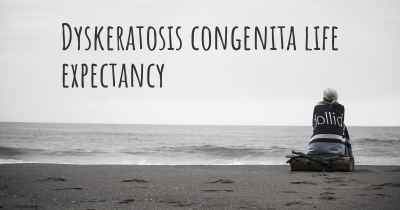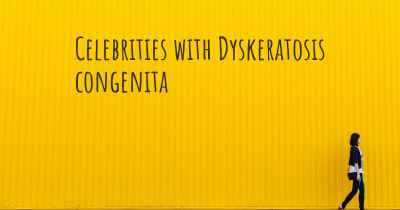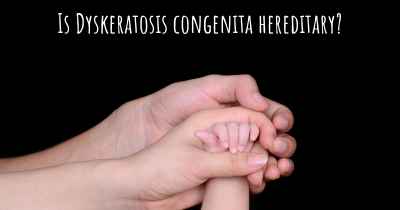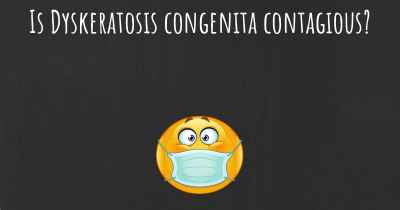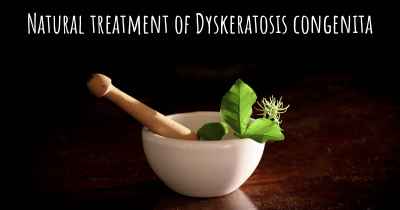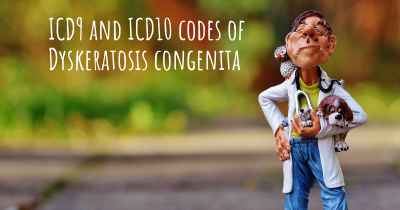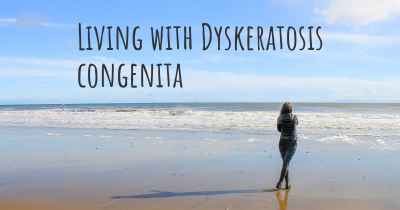How do I know if I have Dyskeratosis congenita?
What signs or symptoms may make you suspect you may have Dyskeratosis congenita. People who have experience in Dyskeratosis congenita offer advice of what things may make you suspicious and which doctor you should go to to receive treatment
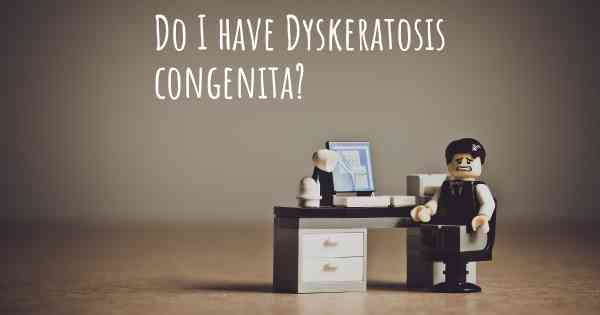
Dyskeratosis congenita (DC) is a rare genetic disorder that affects multiple systems in the body, including the skin, nails, and bone marrow. It is characterized by a triad of clinical features: abnormal skin pigmentation, nail dystrophy, and oral leukoplakia. However, DC is a complex condition with a wide range of symptoms and not all individuals will present with the classic triad.
Skin pigmentation abnormalities: One of the hallmark signs of DC is abnormal skin pigmentation. This can manifest as hypo- or hyperpigmentation, particularly on the neck, chest, and face. These skin changes may be present from birth or develop later in life.
Nail dystrophy: Another common feature of DC is nail abnormalities. This can include thin, ridged, or pitted nails, as well as spoon-shaped or abnormally curved nails. Nail changes may be present in childhood or become more apparent with age.
Oral leukoplakia: Oral leukoplakia refers to white patches or plaques that develop on the mucous membranes inside the mouth. These patches are often painless but can increase the risk of developing oral cancers. Not all individuals with DC will have oral leukoplakia, but it is a significant clinical feature.
Bone marrow failure: DC can also affect the bone marrow, leading to bone marrow failure. This can result in low levels of red blood cells (anemia), white blood cells (leukopenia), and platelets (thrombocytopenia). Bone marrow failure may present with symptoms such as fatigue, frequent infections, and easy bruising or bleeding.
Other features: In addition to the main clinical features, individuals with DC may experience a range of other symptoms. These can include short stature, abnormal lung function, liver disease, eye abnormalities, and developmental delays.
Diagnosis: If you suspect you may have DC based on the symptoms described above, it is important to consult with a healthcare professional. A diagnosis of DC typically involves a thorough medical history, physical examination, and specialized tests. These tests may include genetic testing to identify mutations in specific genes associated with DC, as well as bone marrow biopsy to assess for bone marrow failure.
Treatment and management: Currently, there is no cure for DC, and treatment focuses on managing the symptoms and complications. This may involve regular monitoring of blood counts, supportive care for bone marrow failure, and addressing specific organ system involvement. It is important to work closely with a healthcare team experienced in managing DC to develop an individualized treatment plan.
Conclusion: Dyskeratosis congenita is a rare genetic disorder characterized by skin pigmentation abnormalities, nail dystrophy, and oral leukoplakia. However, the presentation of DC can vary widely, and not all individuals will have the classic triad of symptoms. If you suspect you may have DC, it is important to seek medical evaluation for a proper diagnosis and appropriate management.
